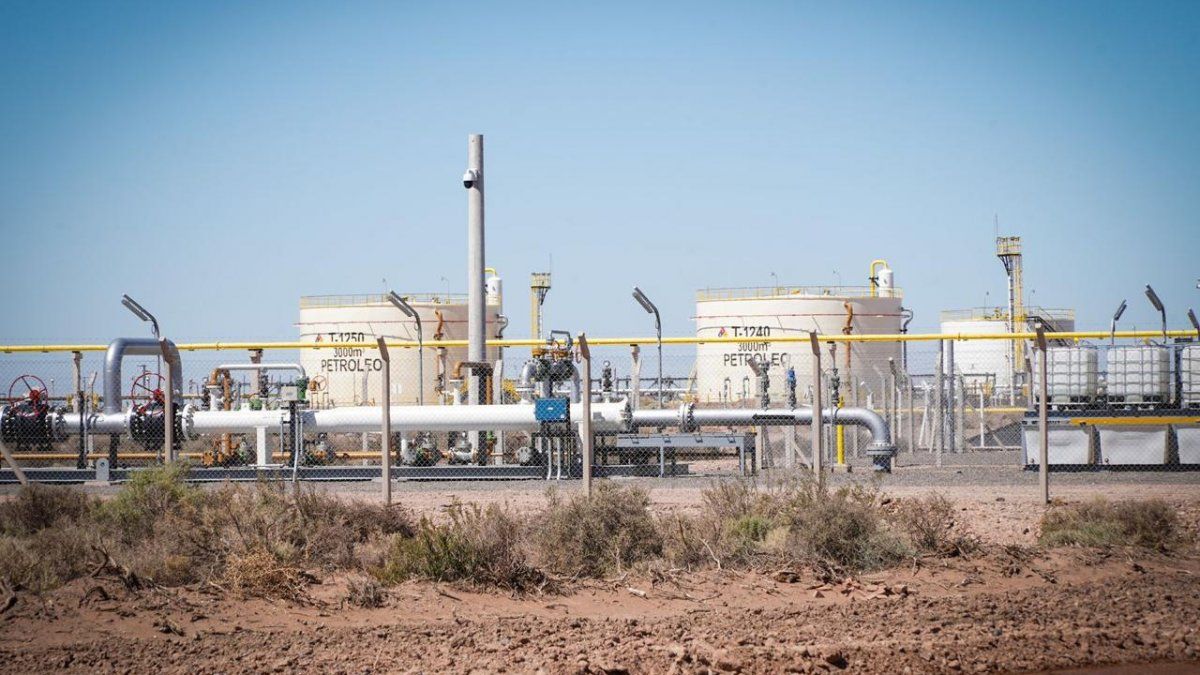The Ministry of Energy incorporated seven tariff positions to the benefits established in the expansion of the Export Increase Program (PIE), in the so-called Dead Cow Dollarwhich establishes a preferential price for exports of a series of hydrocarbons and derivatives.
In that sense, it added to the scope of the measures “operations under the ranch regime”, that is, “the provisions on board and supply of the means of transport, fuel, spare parts, food and other merchandise necessary for the maintenance of the means, the crew and the passengers”according to the description established by the Federal Public Revenue Administration (AFIP).
The tariff positions that are added to those established in the Resolution 808 are:
- 27.13 (Petroleum coke, petroleum bitumen and other residues of petroleum oils or bituminous minerals),
- 29.01 (Acyclic hydrocarbons),
- 29.05 (Acyclic alcohols and their halogenated, sulfonated, nitrated or nitrosated derivatives)
- 29.17 (Polycarboxylic acids, their anhydrides, halides, peroxides and peroxyacids; their halogenated, sulfonated, nitrated or nitrosated derivatives).
- 34.02 (Organic surface agents, other than soap; surface-active preparations, washing preparations (including auxiliary washing preparations and cleaning preparations, whether or not containing soap, other than those of heading 34.01),
- 38.17 (Mixtures of alkylbenzenes and mixtures of alkylnaphthalenes, other than those of heading 27.07 or 29.02)
- 39.02 (Polymers of propylene or other olefins, in primary forms).
The Resolution 808/23 enabled the incorporation of all basins and exportable products from the hydrocarbon sector to the exchange scheme already used for the liquidation of soybeans. In this way, for the period between October 2 and 20, the operating companies will be in conditions of settle 25% of its exports at the value of the exchange rate called Cash with Settlement (CCL).
In turn, companies retain access to the official market (Single and Free Exchange Market, MULC) to the remaining 75% of its exportable production.
The Secretary of Energy, Flavia Royónsaid that the national government estimates a foreign exchange income of US$1.2 billion from the energy sectorwithin the framework of the incentive program for oil and derivatives exports.
The economic portfolio official considered that with this differential exchange rate for all basins and products in the hydrocarbon sector, “investment is stimulated and macroeconomic stability is guaranteed.”
Source: Ambito




